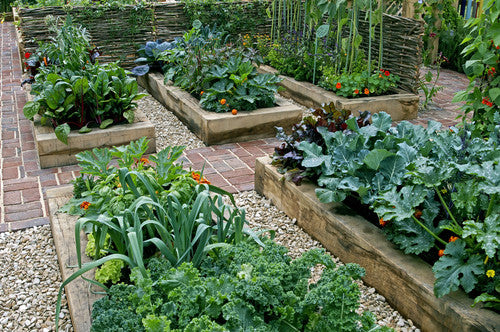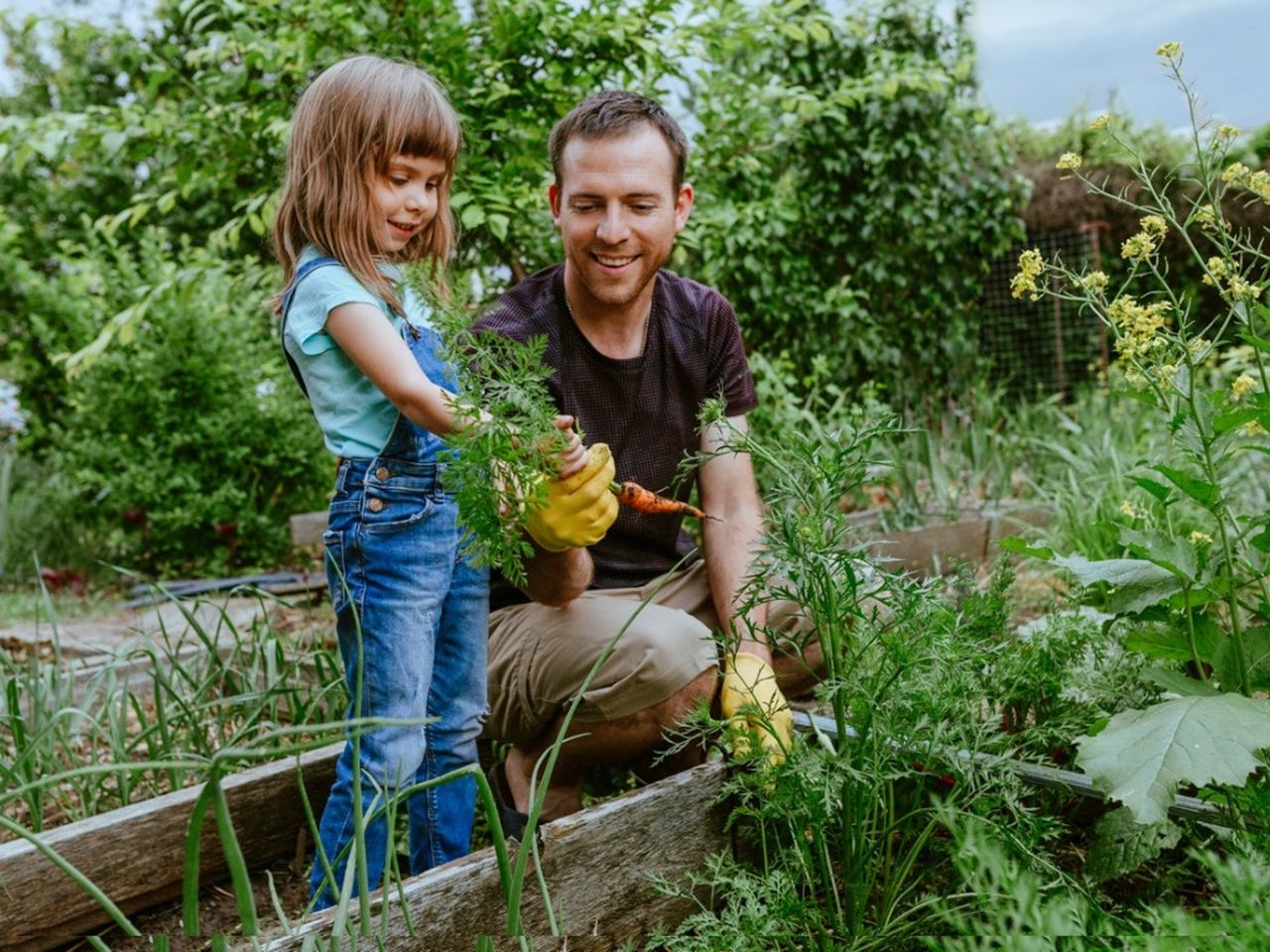Top Learning Materials for Homestead Gardening
Top Learning Materials for Homestead Gardening
Blog Article
Discover Important Tips for Successful Horticulture Techniques and Practices
By focusing on essential components such as soil health, efficient sprinkling methods, and proper plant option, garden enthusiasts can produce a successful community that supports vibrant growth. Numerous enthusiasts neglect crucial information that can make or damage their horticulture success-- exploring these overlooked facets may expose the key to growing a growing garden.
Recognizing Soil Wellness
Soil health and wellness is an essential element of successful gardening, as it directly affects plant growth, nutrition accessibility, and community equilibrium. Healthy soil is identified by an abundant biodiversity of microbes, raw material, and a well balanced pH level, which together develop a setting favorable to plant advancement.
To comprehend dirt wellness, one need to consider its physical, chemical, and biological buildings. The texture and framework of soil impact its capacity to retain dampness and nutrients, while the chemical composition establishes the schedule of important components like nitrogen, potassium, and phosphorus. Routine dirt testing is vital to assess these variables, enabling garden enthusiasts to make educated choices regarding amendments and plant foods.
Additionally, advertising organic task within the soil is important for maintaining its wellness. Practices such as composting, crop rotation, and the use of cover plants can boost microbial variety, boost nutrient cycling, and lower soil erosion. By focusing on dirt health and wellness, garden enthusiasts not only enhance plant development but additionally add to a sustainable ecosystem, ensuring that their horticulture practices are ecologically accountable and resistant in time.
Efficient Sprinkling Techniques
Making sure that plants receive the suitable amount of water is vital for their health and wellness and development, particularly when coupled with a solid structure of dirt health and wellness (Homestead Gardening). Reliable watering methods can considerably influence plant vitality, reducing water wastage and promoting optimum growth
One essential technique is deep watering, which motivates roots to expand deeper right into the dirt, boosting drought resistance. This strategy typically entails sprinkling much less often but in larger quantities, permitting dampness to pass through the root zone thoroughly. Timing is also critical; early morning is the suitable time to water, as it minimizes dissipation and enables foliage to dry throughout the day, minimizing condition risks.
In addition, using compost can assist maintain soil dampness and control temperature level, further aiding efficient sprinkling techniques. Using a drip irrigation system can likewise provide targeted dampness directly to the origins, guaranteeing that water gets to where it's most needed while conserving sources.
Keeping an eye on rainfall and soil moisture levels can lead changes in your watering schedule, ensuring plants receive consistent hydration without over-saturation. By taking on these reliable sprinkling techniques, gardeners can promote a successful atmosphere for their plants to grow.
Plant Choice and Placement
Exactly how can the ideal plant option and critical positioning change a yard into a prospering environment? The synergy in between plant selections and their placement is crucial for developing a vibrant garden. When selecting plants, think click here to find out more about factors such as climate, dirt kind, and sunlight direct exposure. Native species are usually the most effective selection as they are adjusted to regional problems and need much less maintenance.
Strategic placement involves organizing plants according to their development routines and demands. Taller plants must be positioned at the rear of borders to stop shading much shorter plants. Furthermore, organizing plants with similar water and light needs can enhance their growth and lower competition for resources.
Integrating a diversity of plants not just adds aesthetic appeal but also advertises biodiversity, attracting advantageous insects and pollinators. Consider the seasonal adjustments in your garden; select a mix of annuals, perennials, and evergreens to ensure year-round rate of interest.
Finally, keep in mind to assess the fully grown size of plants prior to planting to avoid overcrowding and make certain ample air circulation. Thoughtful plant choice and tactical positioning develop an unified atmosphere, enabling your garden to prosper while decreasing challenges.
Parasite and Condition Monitoring
Efficient insect and disease management is crucial for preserving view a healthy and balanced garden ecological community - Homestead Gardening. A positive technique, integrating cultural, biological, and chemical strategies, can considerably minimize the impact of pests and diseases on your plants

Organic controls, such as presenting useful bugs like ladybugs or aggressive termites, can keep pest populaces in check without hurting the setting. Furthermore, keeping plant wellness with proper watering, fertilizing, and trimming will boost their durability versus diseases.
When intervention is essential, opt for targeted chemical therapies, making sure to follow application standards to minimize harm to non-target microorganisms. Always focus on sustainable practices, as they advertise long-lasting garden health and ecological equilibrium. By integrating these strategies, gardeners can effectively take care of illness and pests, making sure prospering plants and an effective yard.

Seasonal Upkeep Practices
During each period, implementing targeted upkeep techniques is critical for enhancing garden wellness and performance. In spring, concentrate on soil prep work by testing pH degrees and adding necessary changes. This is also the excellent time to use fertilizers and compost to preserve wetness visit and subdue weeds. On a regular basis inspect emerging plants for diseases and insects.
As summer methods, make certain ample watering while checking for signs of tension or illness. Trim back overgrown plants to motivate air flow and decrease humidity around foliage. This practice not only enhances plant health but likewise promotes flowering and fruiting.
With the arrival of fall, it's time to get ready for winter months. Tidy up dropped leaves and particles to stop pest problems, and take into consideration growing cover plants to improve dirt health and wellness. This season is also excellent for separating perennials and planting spring-flowering light bulbs.
Verdict
Successful gardening hinges on the integration of sound practices in dirt health, watering, plant choice, bug monitoring, and seasonal upkeep. By prioritizing soil testing and microbial variety, utilizing effective sprinkling strategies, and choosing suitable plants, garden enthusiasts can produce thriving ecosystems. Additionally, proactive pest monitoring and persistent seasonal upkeep add significantly to general yard vigor. Embracing these techniques promotes a effective and lasting horticulture setting, making sure growing growth and resilience throughout the changing periods.
By prioritizing vital elements such as dirt health, effective watering methods, and suitable plant selection, gardeners can create a successful environment that sustains vibrant growth. By focusing on soil health, garden enthusiasts not only optimize plant development but likewise add to a lasting environment, making certain that their gardening practices are durable and environmentally liable over time.
Taller plants ought to be positioned at the back of borders to stop shading shorter plants. Clean up dropped leaves and debris to protect against parasite infestations, and think about growing cover plants to improve soil health.Successful gardening hinges on the combination of audio methods in dirt wellness, watering, plant option, insect management, and seasonal upkeep.
Report this page